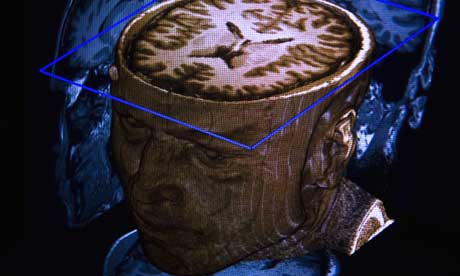
There are various other satellite powers, such as manipulating electronic instruments and appliances like alarms, electronic watches and clocks, a television, radio, smoke detector and the electrical system of an automobile. For example, the digital alarm on a watch, tiny though it is, can be set off by a satellite from hundreds of miles up in space. And the light bulb of a lamp can be burned out with the burst of a laser from a satellite. In addition, street lights and porch lights can be turned on and off at will by someone at the controls of a satellite, the means being an electromagnetic beam which reverses the light’s polarity. Or a lamp can be made to burn out in a burst of blue light when the switch is flicked. As with other satellite powers, it makes no difference if the light is under a roof or a ton of concrete–it can still be manipulated by a satellite laser. Types of satellite lasers include the free-electron laser, the x-ray laser, the neutral-particle-beam laser, the chemical-oxygen-iodine laser and the mid-infra-red advanced chemical laser.
Read morePravda: Shocking Menace of Satellite Surveillance (Part II)



